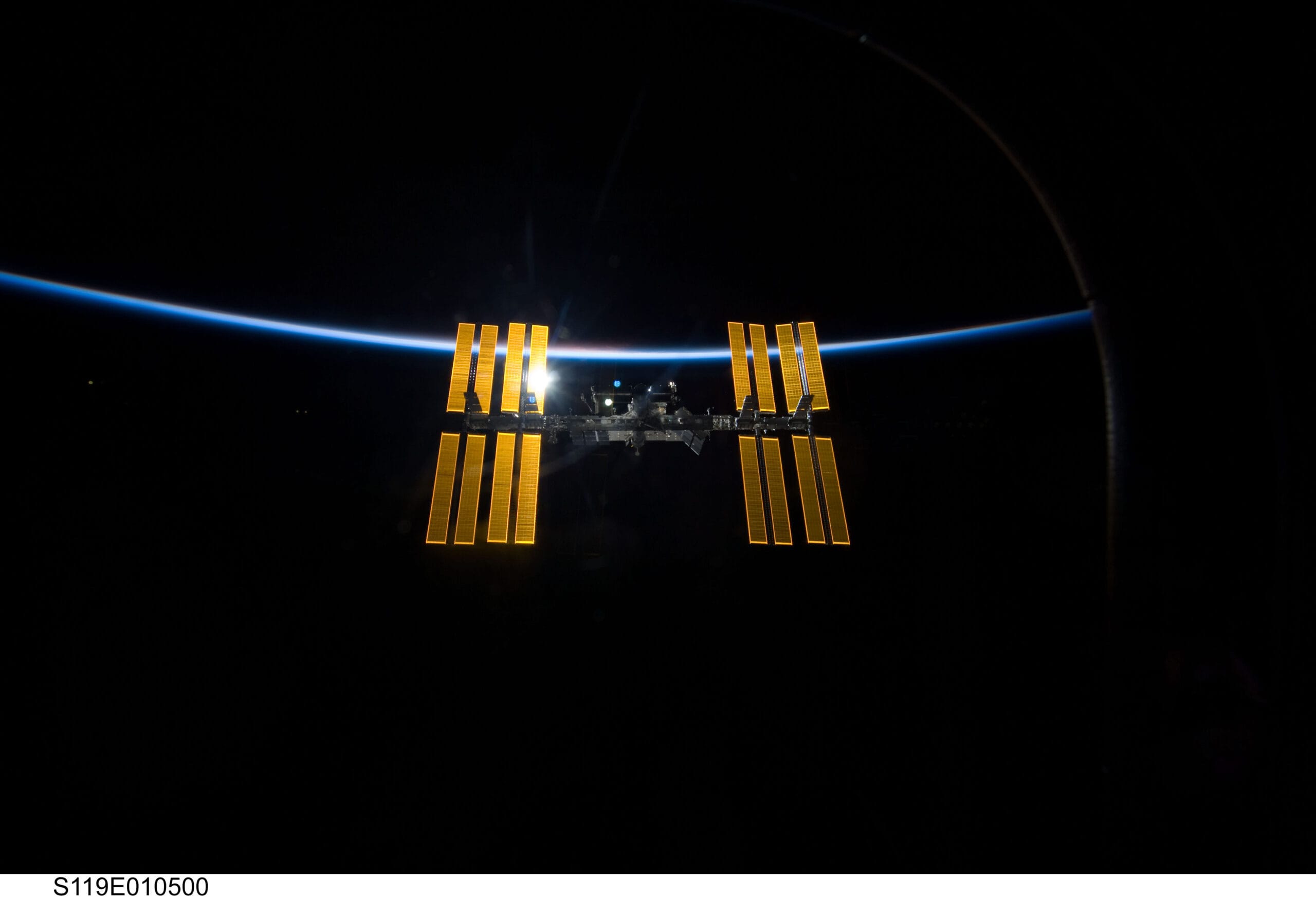In a groundbreaking move that combines cutting-edge technology and popular culture, NASA is gearing up to host its first-ever live Twitch streaming event from the International Space Station (ISS). This initiative, slated to occur on February 12 at 11:45 AM Eastern Time, marks a significant step in the space agency’s outreach strategy, aimed at engaging younger audiences and fostering widespread interest in space science.
The live stream will be accessible via NASA’s official Twitch channel and will feature astronauts Don Pettit and Matt Dominick. Pettit is currently stationed aboard the ISS, providing a unique perspective from 250 miles above Earth. Dominick, who was previously part of an ISS crew mission in October, will join from a terrestrial location. Together, they will discuss various aspects of living and working in space, and even field questions from viewers.
Bridging Science and Culture
Twitch, a platform initially popular among gamers but now hosting a variety of content creators, has proven to be an effective medium for reaching audiences who might not traditionally engage with scientific topics. NASA’s decision to leverage this medium underscores its commitment to expanding public access to space exploration and science.
The event aligns with NASA’s broader mission to make space exploration more relatable. In today’s social media-savvy world, livestreams provide an unfiltered and interactive way for people to connect with astronauts and scientists. “We’re bringing space closer to home,” a NASA spokesperson said in a statement. “Twitch allows us to answer questions in real time and foster an inclusive dialogue with space enthusiasts and newcomers alike.”
What to Expect
The stream promises to provide an insider’s look at life aboard the ISS, including daily routines, scientific experiments, and logistics of living in microgravity. The astronauts will also discuss their personal experiences and answer questions curated from the Twitch chat. This interactive aspect is pivotal in making space science accessible and engaging.
The ISS, a collaborative project involving numerous nations, serves as a microcosm of possible future human settlements in space. It is a hub for scientific study, providing valuable data on the biological and mechanical challenges related to extended space travel. NASA’s Twitch stream will lay open some of these ongoing studies to the public in real time, providing viewers with a rare opportunity to witness and discuss humanity’s strides into the final frontier.
Why Twitch?
Since 2019, NASA has experimented with Twitch to stream various space missions and events. However, this upcoming broadcast represents a landmark achievement: the first live event transmitted directly from space. With its casual interface and interactivity, Twitch offers a perfect avenue to attract and engage a demographic that includes students, educators, and tech-savvy individuals.
NASA’s Twitch channel already has over 1.3 million followers, signaling that this effort caters to a captive and increasingly curious audience. By combining the allure of space with a platform built for instant interaction, NASA increases its chances of inspiring the next generation of scientists, engineers, and astronauts.
Potential Impact
The choice of Twitch is also seen as a strategic move to combat declining interest in STEM fields among younger audiences. Hosting a live event from space could set a precedent for blending education with entertainment (often referred to as “edutainment”). It could also serve as a model for other scientific organizations looking to widen their reach.
Furthermore, this initiative aligns with NASA’s long-term goals of building public interest in its upcoming missions, including the Artemis program aimed at returning humans to the Moon and eventually sending manned missions to Mars.
Beyond Streaming
The implications of this event extend far beyond just a single live Twitch session. It represents a shift towards more open science communication, wherein the boundary between scientists and the public continues to blur. Viewers from around the globe will have a chance to interact directly with professionals who operate at the frontier of human ingenuity. This level of accessibility could democratize participation in global scientific endeavors.
Moreover, the stream is expected to cover educational themes. NASA has hinted that the session will feature live demonstrations of scientific phenomena that are hard to replicate on Earth. Aspects of physics, biology, and engineering—all influenced uniquely by the microgravity of space—could offer valuable teaching moments.
Conclusion
NASA’s historic Twitch broadcast from the ISS exemplifies how science agencies can adapt to cultural trends to remain relevant and inspirational. By using platforms like Twitch, NASA successfully positions itself at the intersection of science, culture, and education. It’s not just an event for space enthusiasts; it’s a milestone for how humanity interacts with and learns about the cosmos.
As the countdown begins for this once-in-a-lifetime event, all eyes—and screens—are turning toward the stars. Whether you’re a seasoned space observer or a curious newcomer, February 12 might just be the day you hear firsthand from astronauts as they float above our pale blue dot.

